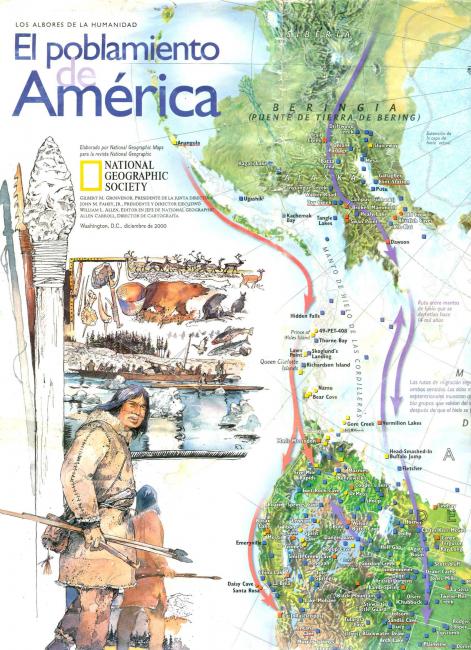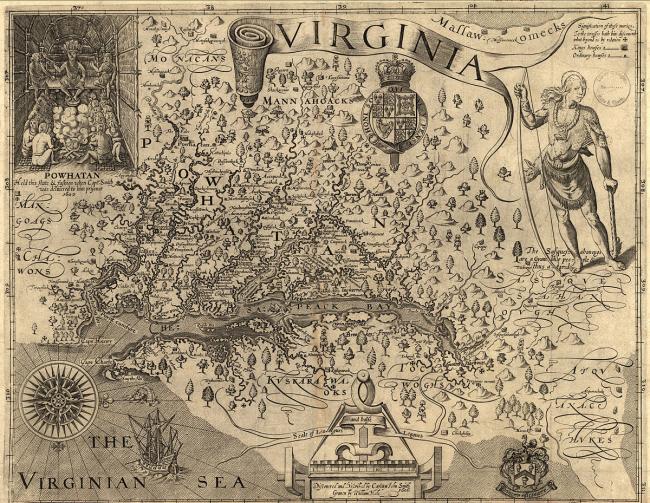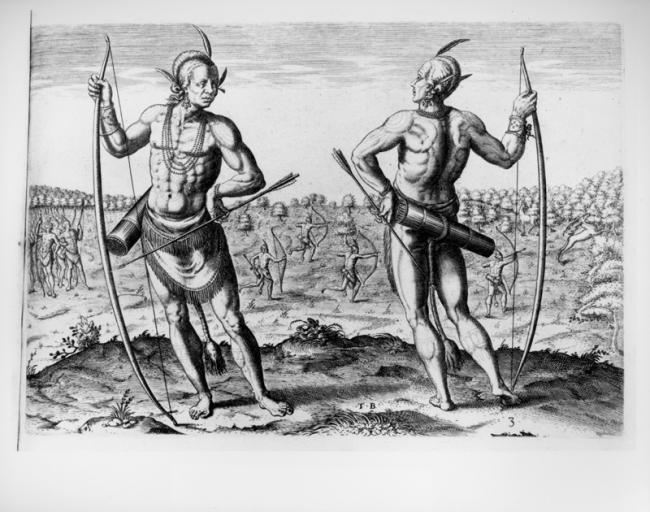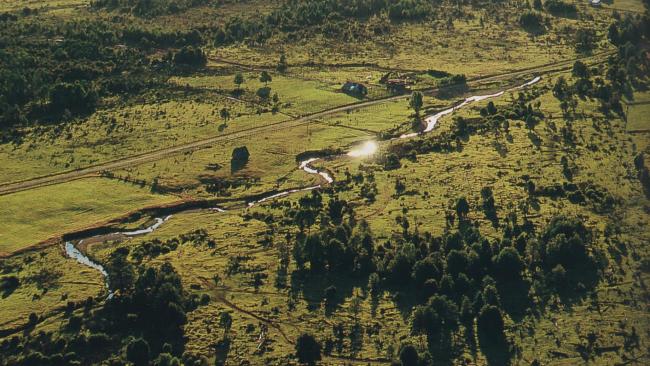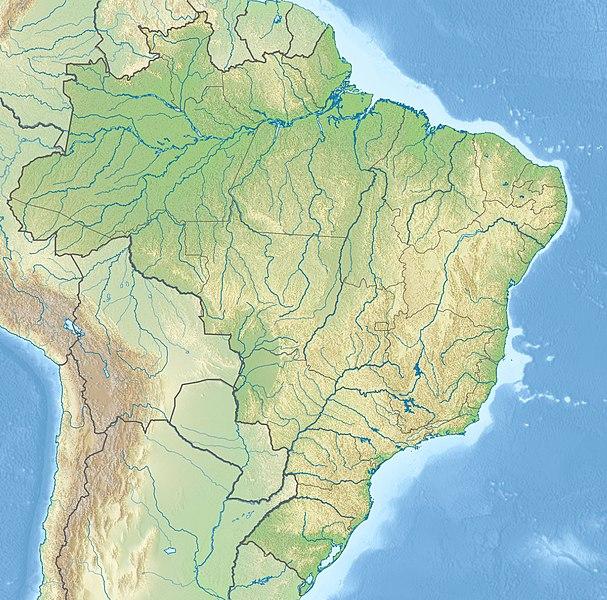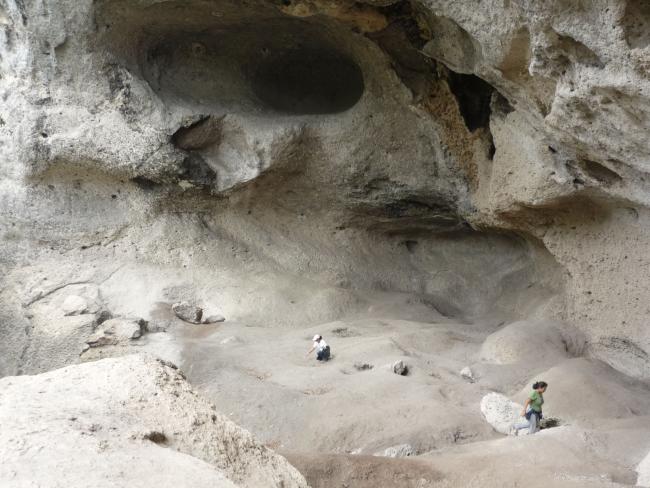Genetic, linguistic and dental data suggest that there were three main migrations. The first and oldest (30 000-15 000 years) came from the Siberian region near Lake Baikal, between the Amur and Lena rivers. This was the origin of the American Indians who colonized the continent. The second (15 000-10 000 years) was the base of the na dene groups that settled in the northwest of present-day Canada. The third and last (9 000- 6 000 years) corresponds to the ancestors of the aleuto-esquimal populations.
The search for man's origins in America is not over. In the field of genetics, research has been carried out with mitochondrial DNA, looking for information about kinship. There have been some cases where the proposal of "tripartite migration" has been confirmed and in others discrepancies have been found that raise new questions; not everything coincides and therefore the investigation continues.
It is accepted that sites such as: in Virginia, United States (20,000 years), Monte Verde in Chile or Pedra Furada in Brazil (12,000 to 13,000 B.C.), these assertions are supported by archaeological evidence and dating from C14, of course new excavations will move discussions on new questions to old issues.
